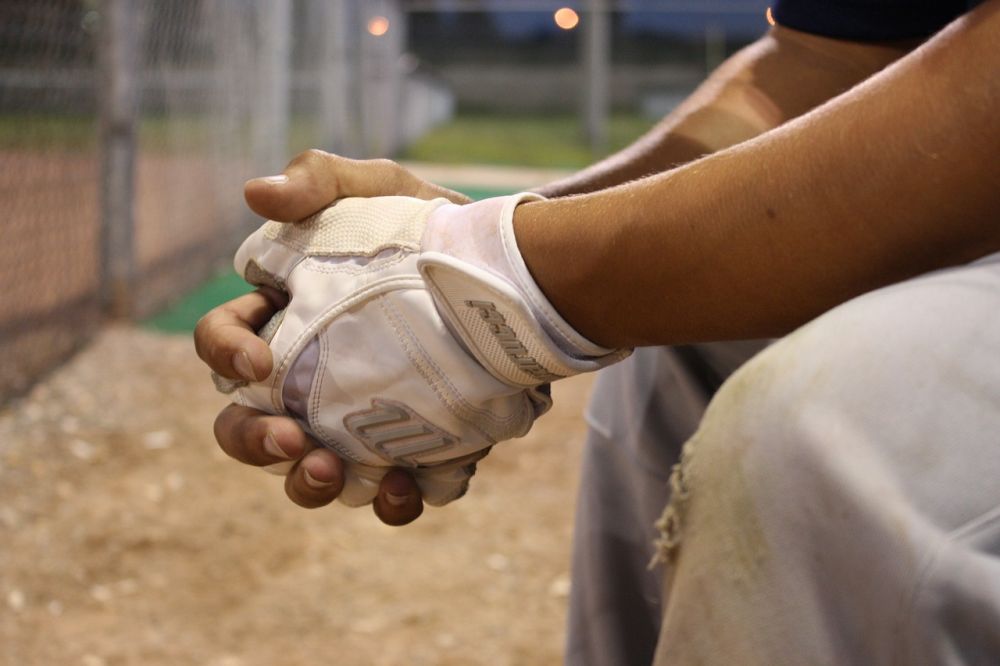Baseball ball – A Detailed Exploration of the Iconic Games Equipment

Introduction:
Baseball, often referred to as America’s pastime, has gained widespread popularity all over the world. At the heart of this beloved sport lies the baseball ball, a unique and essential piece of equipment. In this article, we will delve into the intricacies of the baseball ball, exploring its various types, popular brands, quantitative measurements, differences between them, and a historical overview of their advantages and disadvantages.
I. An Overview of the Baseball Ball:

The baseball ball, commonly known as a baseball, is a round-shaped object with a rubber or cork center, covered in leather or synthetic materials. It weighs around 5 ounces (142 grams) and has a circumference of approximately 9 inches (23 centimeters).
II. Presentation of Baseball Ball Types:
a) Traditional Baseballs: Traditional baseballs are constructed using a cork center wrapped in several layers of rubber and yarn, which is then covered with cowhide leather. These balls are typically used in professional baseball leagues and are favored for their superior performance.
b) Softballs: Softballs, unlike traditional baseballs, are larger in size, measuring around 12 inches (30 centimeters) in circumference. They are predominantly used in softball leagues and recreational play, providing a safer alternative due to their reduced speed and softer impact.
c) Training Balls: Training balls are specifically designed to aid players in honing their skills. They come in various forms, including weighted balls, whiffle balls, and practice balls with reduced flight distances. These variations allow players to work on specific aspects of their game, such as pitching, hitting, or fielding.
III. Quantitative Measurements:
To ensure fair play and maintain consistency across different games, baseball balls must adhere to specific measurements. The diameter of the ball must be between 2.86 to 2.94 inches (7.31 to 7.49 centimeters). Its weight must range from 5.00 to 5.25 ounces (141.7 to 148.8 grams). Strict adherence to these measurements helps ensure a level playing field for all participants.
IV. Differences Between Baseball Balls:
a) Core: Baseball balls differ in their core composition. Traditional baseballs feature a cork center, while others may incorporate a rubber core. The choice of core material influences the ball’s bounce and resilience, affecting both pitching and batting strategies.
b) Cover Material: The outer cover of baseball balls can be either genuine cowhide leather or synthetic materials such as polyurethane. Genuine leather offers a superior grip and durability but can be more expensive. Synthetic covers, though less expensive, prove to be more resistant to water and retain their shape better in adverse weather conditions.
c) Seam Configuration: Baseball balls have raised seams that affect their grip, trajectory, and movement. The raised seams on a traditional baseball enable pitchers to generate spin, resulting in breaking balls, curveballs, or sliders. Softballs, on the other hand, have flat seams, reducing the potential for spin and creating a different style of play.
V. Historical Overview of Advantages and Disadvantages:
Throughout baseball’s history, various types of baseball balls have been introduced, each with its own advantages and disadvantages. Traditional baseballs have enhanced performance capabilities due to their combination of materials and construction, promoting high-speed pitches and powerful hits. However, their increased hardness may raise safety concerns. Softballs, with their larger size and reduced speed, provide a more accessible option for players of all ages and abilities, but may lack the same level of excitement and challenge.
[INSERT VIDEO HERE]
Conclusion:
The baseball ball serves as the essence of the game, providing the necessary tools for players to engage in the thrill of baseball. Understanding the different types of baseball balls, their measurements, unique features, and historical context allows players and enthusiasts to make informed decisions about their equipment. Whether it’s the traditional baseball, softballs, or training balls, each variation adds its own dimension to the game, catering to diverse player preferences and skill levels.
















































